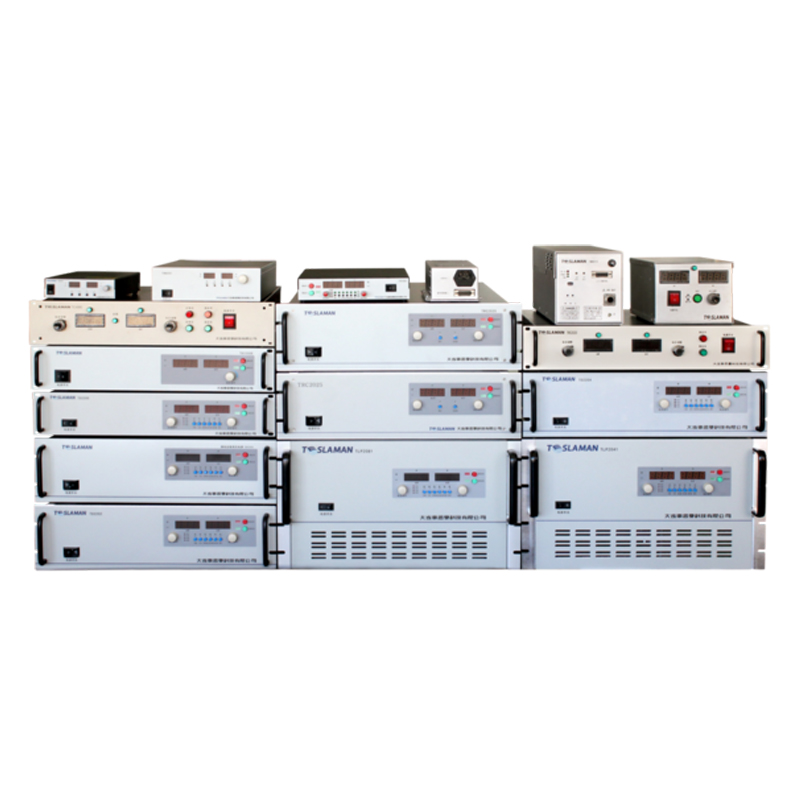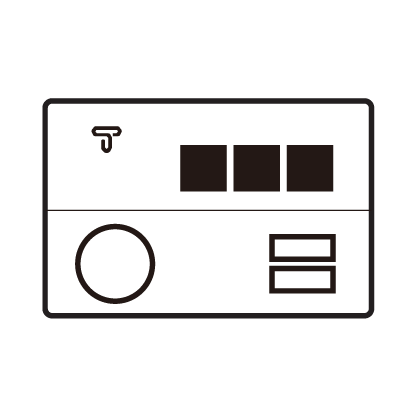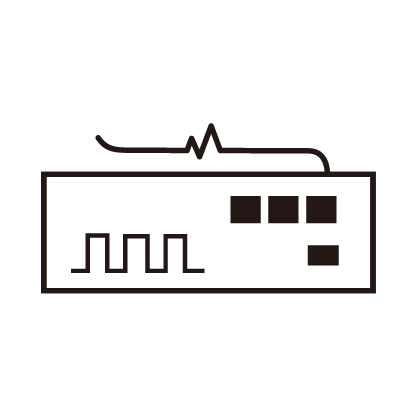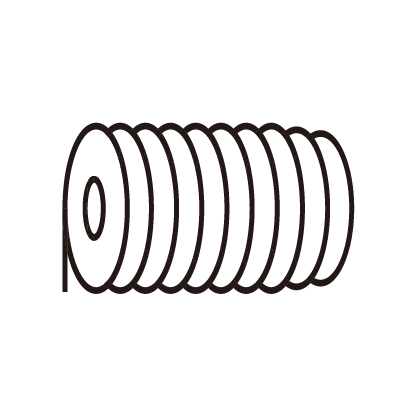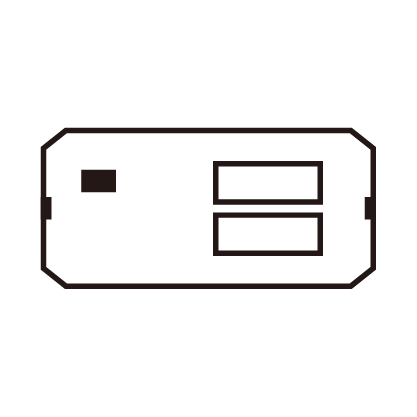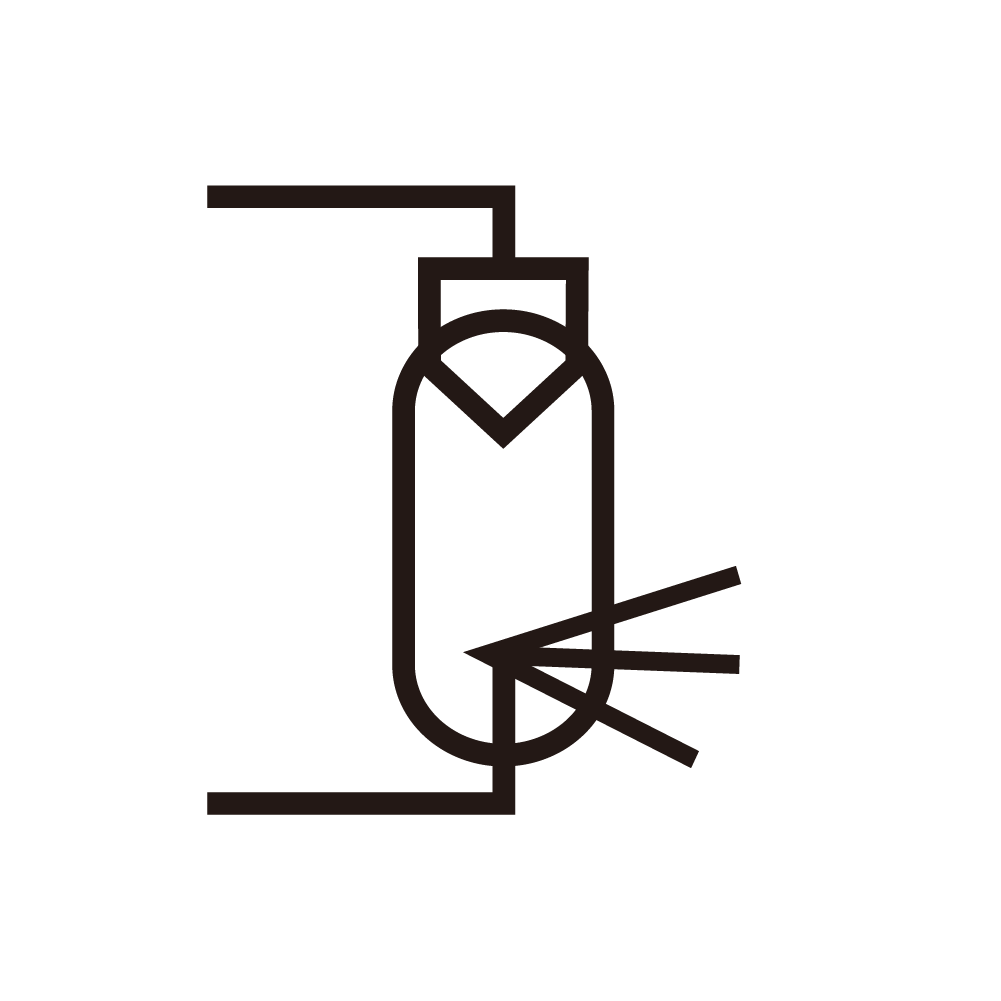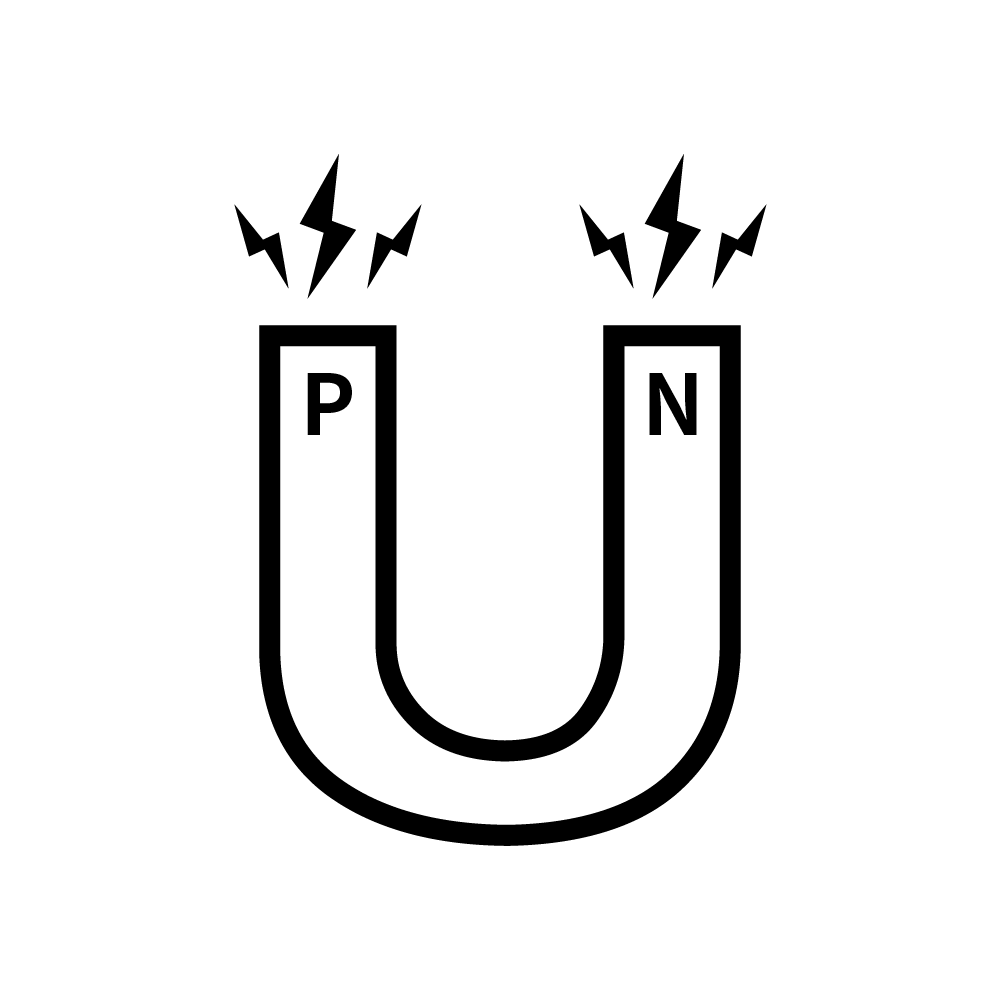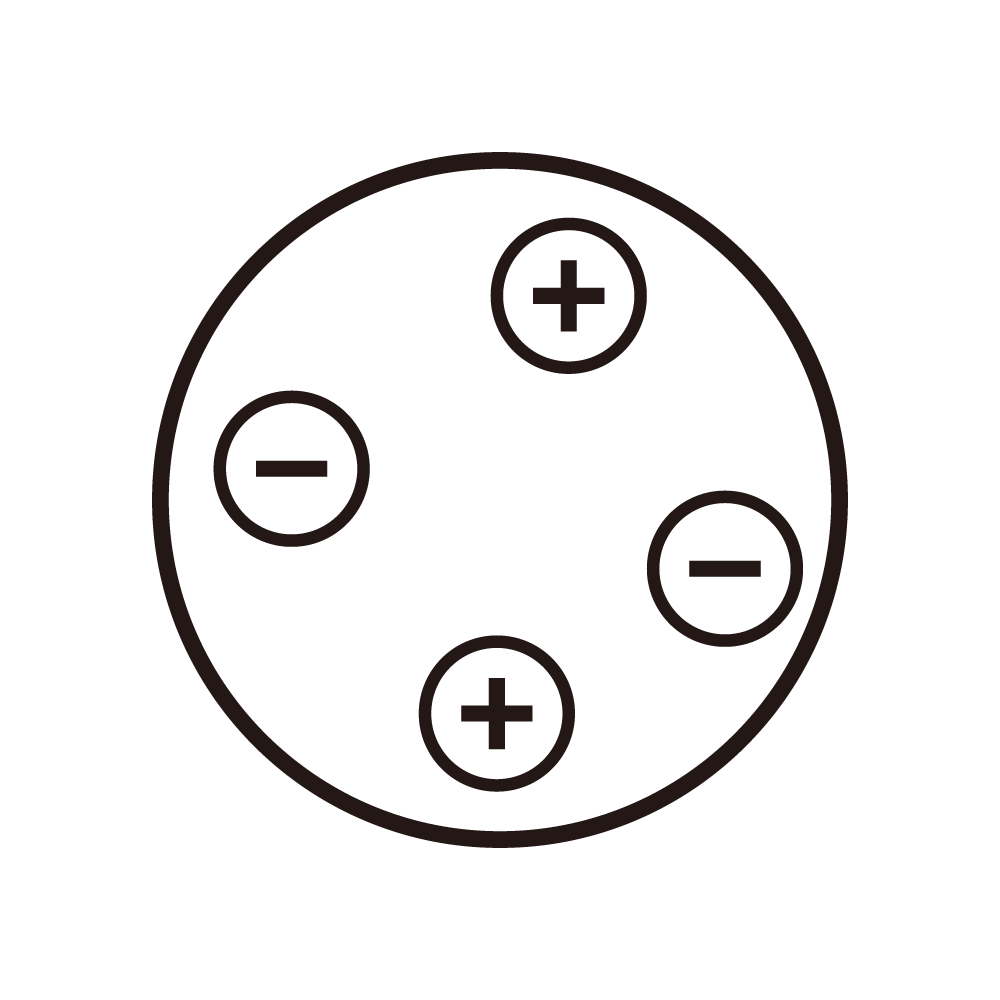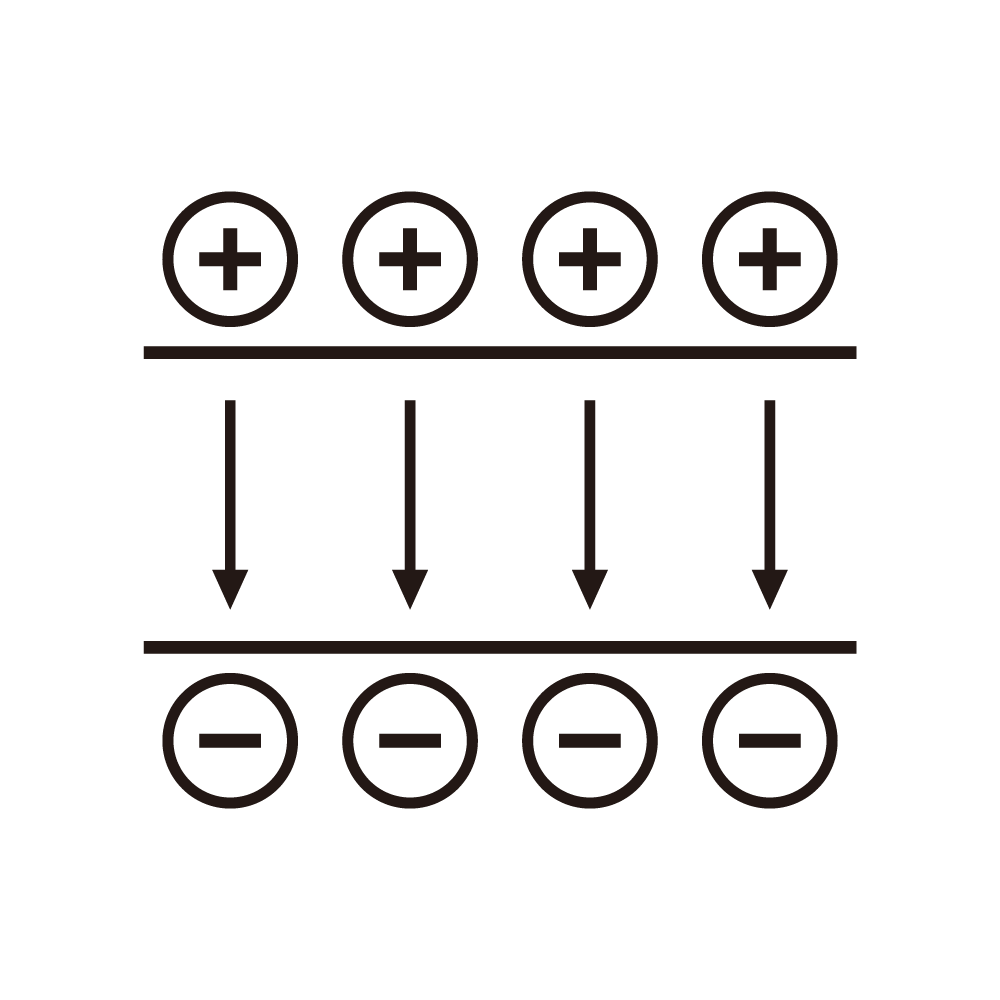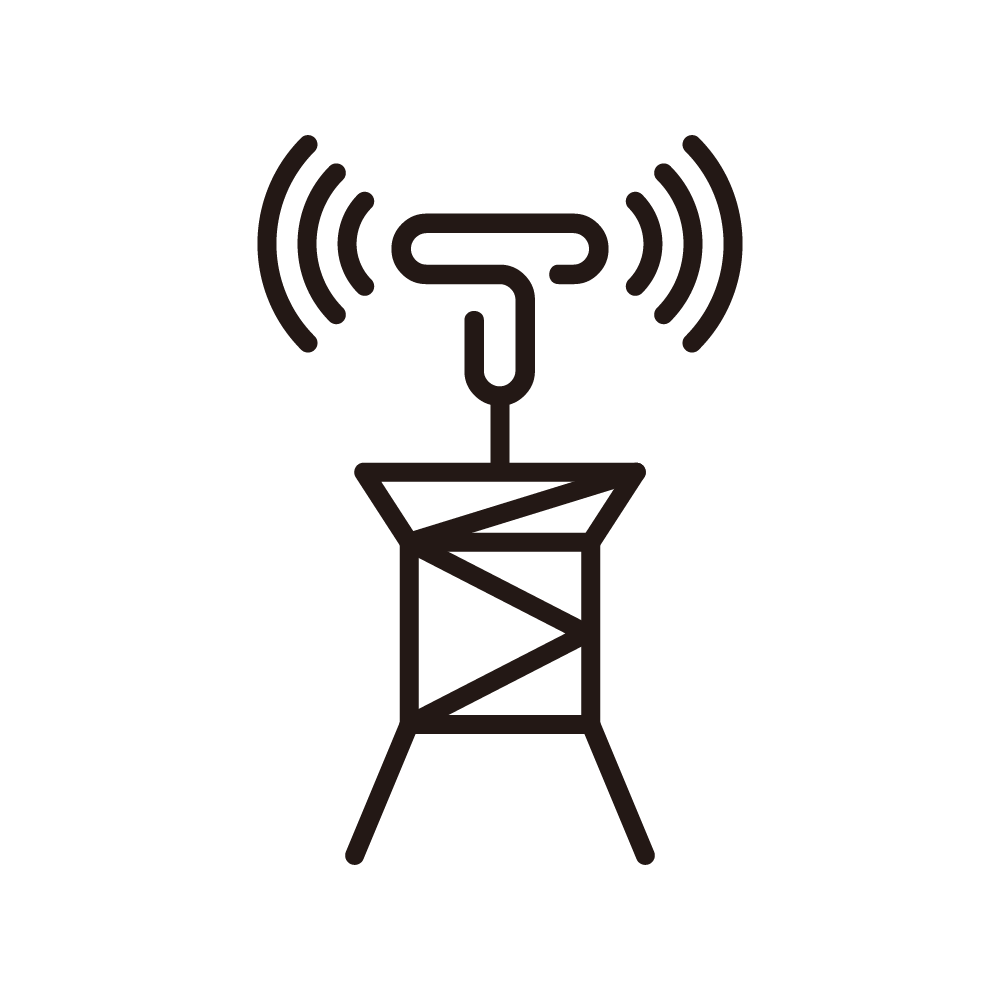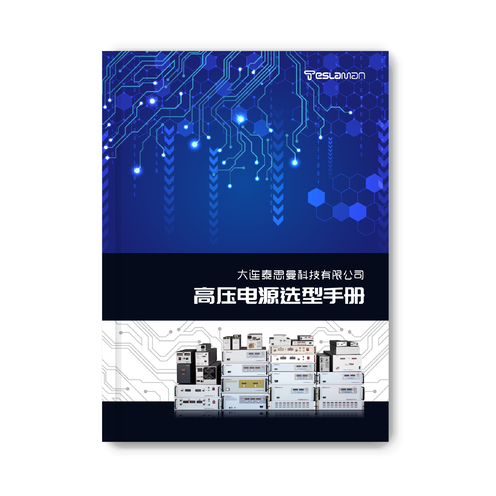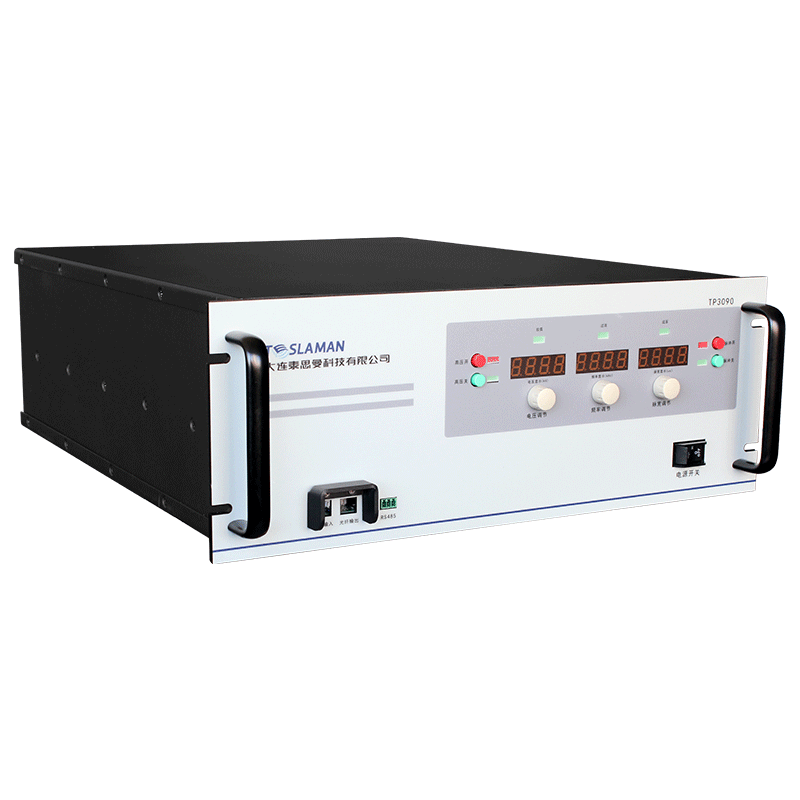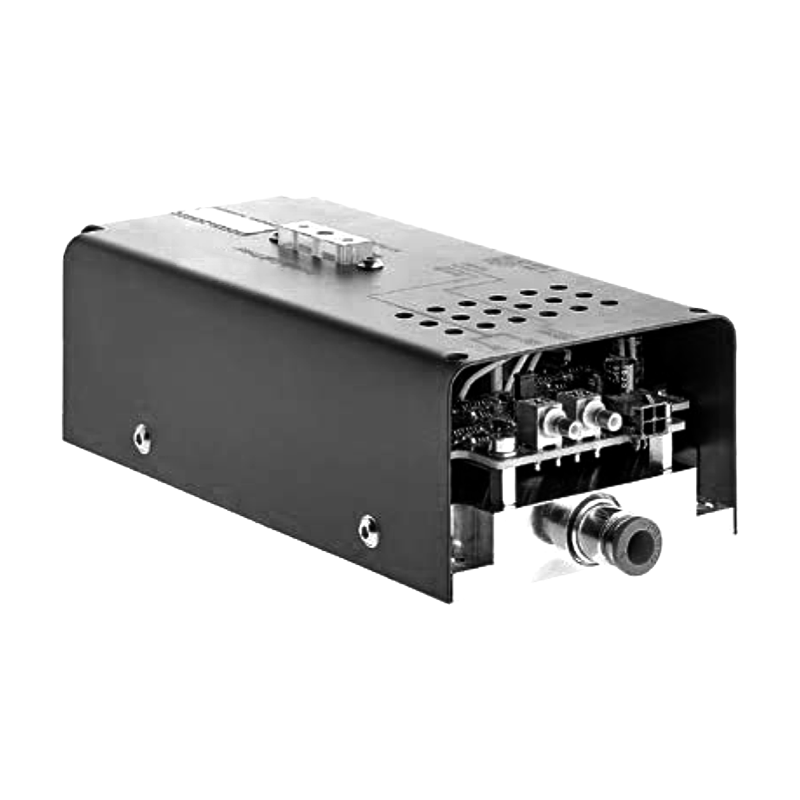Capacitor Energy Storage Efficiency of 450kV High-Voltage Power Supplies
In the field of high-voltage applications, 450kV high-voltage power supplies are often used to drive pulsed power devices, particle accelerators, and other equipment. The capacitor energy storage system, as the core part of energy storage and release, directly determines the overall performance of the system through its energy storage efficiency. Studying the capacitor energy storage efficiency of 450kV high-voltage power supplies is of great significance for optimizing power supply design and enhancing energy utilization in application scenarios.
The basic principle of the capacitor energy storage system is to charge the capacitor through a high-voltage power supply, converting electrical energy into electric field energy for storage in the capacitor, and then releasing the energy when needed. At the high voltage level of 450kV, the electric field strength between the capacitor plates is extremely high, and slight changes in capacitance parameters or circuit losses can have a significant impact on the energy storage efficiency. From the perspective of the charging process, the energy storage efficiency of the capacitor is mainly restricted by factors such as charging time, charging current ripple, and losses in the charging circuit. Although fast charging can shorten the time, it may lead to an increase in charging current ripple, increasing the heat loss of resistive components in the circuit. On the other hand, slow charging can reduce the ripple but will prolong the energy transfer time, during which leakage and dielectric losses will also consume energy.
In the capacitor energy storage system of 450kV high-voltage power supplies, the sources of energy loss are complex. Firstly, the capacitor itself has dielectric losses and leakage current losses. Dielectric materials with high dielectric constants can increase the capacitance value, but they often come with a high tangent of the dielectric loss angle, causing the electric field energy to be converted into heat inside the dielectric. The presence of leakage current causes the capacitor to continuously discharge during the charging and energy storage stages, resulting in energy loss. Secondly, power devices and wire resistances in the charging circuit will generate Joule heat losses. Especially under high-voltage and high-current conditions, even a small resistance value can lead to non-negligible cumulative energy losses. In addition, the non-ideal characteristics of switching devices, such as conduction voltage drop and switching time, will cause additional losses during the charging and discharging switching process.
To improve the capacitor energy storage efficiency of 450kV high-voltage power supplies, measures can be taken from multiple aspects. In the selection of capacitors, give priority to capacitor materials with low dielectric losses and high insulation resistance, and optimize the capacitor structure design to reduce leakage current. For the charging circuit, adopt high-efficiency switching power supply topologies combined with advanced control algorithms to reduce current ripple and device losses. At the same time, use wires with low resistivity and optimize the wiring layout to reduce line resistance losses. At the system operation level, by monitoring parameters such as capacitor voltage, current, and temperature in real time, adjust the charging strategy dynamically to avoid energy losses caused by overcharging and over-discharging.
The research and optimization of the capacitor energy storage efficiency of 450kV high-voltage power supplies are the keys to improving the performance of high-voltage systems. By deeply analyzing the energy loss mechanisms during the energy storage process and making targeted improvements to the design and operation schemes, the capacitor energy storage efficiency can be effectively improved, promoting the efficient application of high-voltage technology in more fields.
